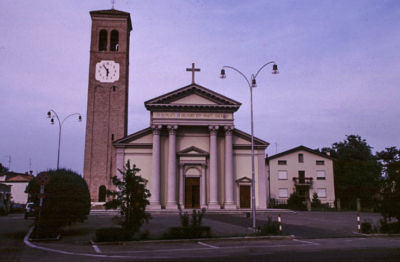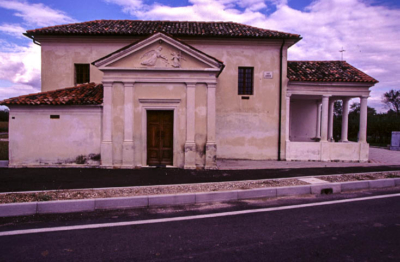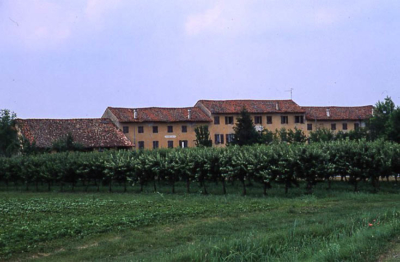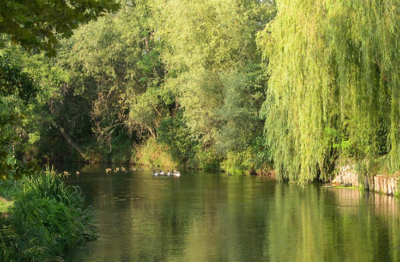CINTO CAOMAGGIORE
Cinto is a place with ancient origins, located between rivers where you can still see examples of fields enclosed by willow trees. It is worth taking a walk around the small lakes, a green space where water from the Lemene, Reghena and Caomaggiore rivers re-emerges. You can currently fish, but it will soon become a protected area.
The banks are rich with vegetation and populated by herons and cormorants and the water is full of fish and crayfish. There are also several villas and a 15th-century church, the Church of Settimo.
Worth Visiting
The little church of the Madonna della Concessione with its neoclassical features.
Inside there is late 19th century wooden Madonna, commonly attributed to Besarel or Valentino Panciera, a well-known Venetian sculptor.
Don’t Miss
The regional park of the Reghena and Lemene Rivers and the Cinto Lakes. The Park covers three municipalities in Veneto: it is partially in the municipality of Portogruaro with a large area in the municipality of Cinto Caomaggiore. This area could include land in the Veneto municipalities of Gruaro, Teglio Veneto, Concordia Sagittaria and the Friuli municipality of Sesto al Reghena, especially the area known as the ‘Burovich meadows’, already linked to the park via Lago Premarine, a lake in both municipalities.
Areas of particular natural beauty and interest in the municipality are the Palù di Settimo, with its permanent meadows; the area next to the course of the Caomaggiore River, criss-crossed by paths along the embankment featuring local trees; the area between via Portogruaro and the course of the Caomaggiore river, with recently planted woods; and, finally, the heart of the park itself – the lake area – a real source of municipal pride, with Lago di Secco, the largest, also known as Cava Furlanis, with several small islands, Lago Acco, Lago Premarine and the Cinta area.




